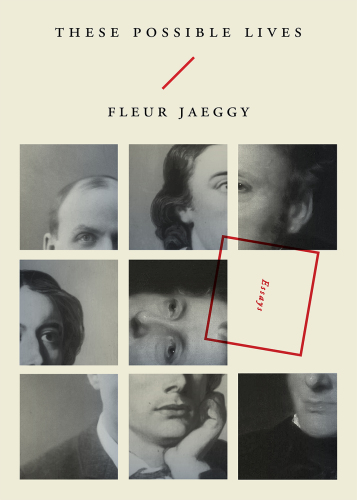
These Possible Lives
کتاب های مرتبط
- اطلاعات
- نقد و بررسی
- دیدگاه کاربران
نقد و بررسی

March 6, 2017
In this eloquent, whimsical collection, Swiss novelist and short story writer Jaeggy (I Am the Brother of XX) flexes her nonfiction muscles. The book is compact yet expansive in its content, with three poetic essays focusing on the respective lives of three enigmatic writers—Thomas De Quincey, John Keats, and Marcel Schwob. Jaeggy gracefully offers up wildly diverse anecdotes and obscure facts, going from the authors’ rebellious grammar school days to the final moments before their mysterious deaths. Her narrative beautifully mimics the logic of dreams, seamlessly digressing from the main subject into unexpected territory, only to return back again. She explores the different muses, both human and inanimate, that shaped the lives and literature of these writers. Of De Quincey she writes, “The flaneur was driven forward by opium-fueled theological caprices,” noting wryly of some of his contemporaries, “Robert Southey experimented with laughing gas” and “Ann Radcliffe sought out huge quantities of indigestible food.” With playful exaggeration, she writes, “ was poor, according to W.B. Yeats, and couldn’t build a Gothic castle... which inclined him instead toward the pleasures of the imagination.” Each essay treats its subject matter tenderly and moves forward with the cadence of a meticulous and lyrical language.

April 1, 2017
Three sensuous minibiographies in light and shade.This thin, almost pamphletlike book consists of three mesmerizing profiles of Thomas De Quincey, John Keats, and the French symbolist writer Marcel Schwob. Jaeggy (S.S. Proleterka, 2003, etc.) is a Swiss novelist who writes in Italian. Reading each brief essay is like taking a small wafer into your mouth and letting it dissolve so you can savor the flavor of the words, the images, and the moody atmosphere. These are hybrids: biography/literary criticism/prose poem. Eschewing the conventional, Jaeggy fashions poetic collages with facts, quotes, and re-created incidents that quietly reveal the inner souls of each author. She is particularly interested in matters of creativity and inspiration, madness and death. De Quincey, who became a "visionary" when he was 6, relied on opium and laudanum to stimulate his creativity, becoming "distant from the terrors of the living." An "enigmatic sphinx," he died at 74 "but seemed a boy of fourteen." Schwob, who spoke three languages when he was 3, later took to using morphine. After a failed trip to Samoa to meet Robert Louis Stevenson, he returned home and locked himself in a house with his books. After he died, the "room smoked of grief." The Keats piece is the longest and best. It begins: "In 1803, the guillotine was a common children's toy." Extremely bright, he "became the scribe and secretary to his mind" and forged friendships with Leigh Hunt, Hazlitt, Shelley ("lukewarm"), Coleridge, and Wordsworth. Before he died at the age of 25, Keats "spoke for hours in a lucid delirium [and]...never lost his faculties." After his death, "they stripped the walls and floor and burned all of the furniture." One of the only drawbacks of this book is its shortness. It would have been ideal if the publisher could have added additional essays. Enjoy these short, meditative pieces slowly; Jaeggy is addictive.
COPYRIGHT(2017) Kirkus Reviews, ALL RIGHTS RESERVED.

























دیدگاه کاربران